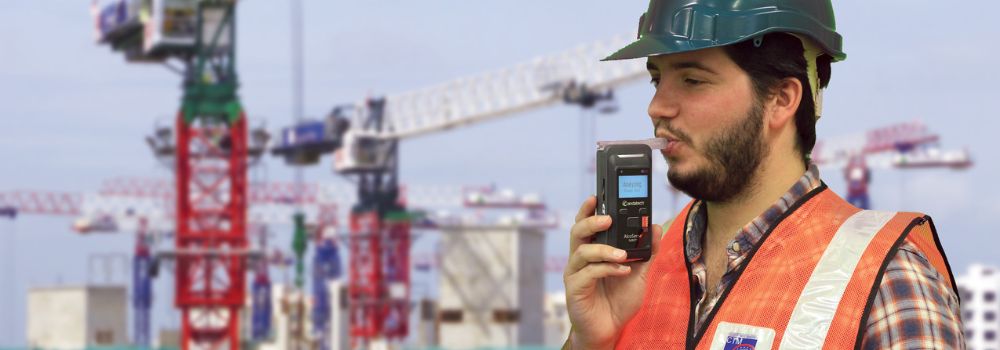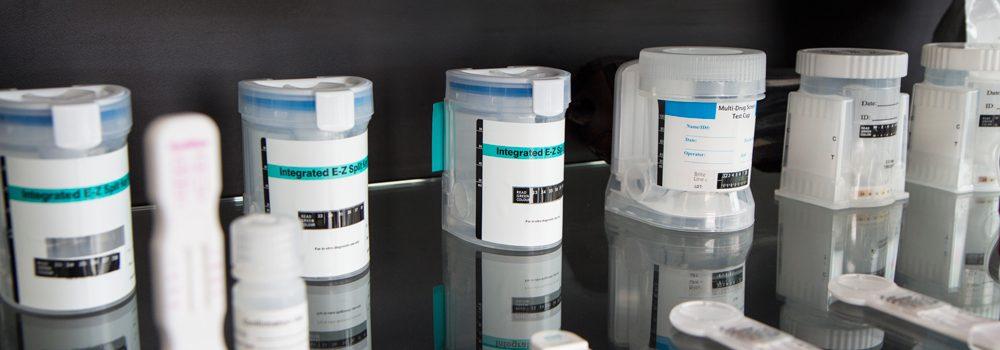Picture a typical weekend night at the local bar—friends catching up over drinks, laughter flowing, and glasses clinking. As the night progresses, that relaxed gathering can spiral into one of Malaysia’s infrequently discussed but increasingly widespread concerns: binge drinking.
It’s a public health issue that affects more than just the individual—it can strain families, workplaces, and healthcare systems.
What we mean by binge drinking
Narrowly defined, binge drinking involves consuming six or more standard drinks in one sitting, as per the National Health and Morbidity Survey (NHMS). This pattern is classified among the harmful forms of alcohol use, marked by significant negative health and social effects.
How common is it in Malaysia?
- Recent figures reveal that a staggering 45% of current drinkers in Malaysia engage in binge drinking despite fewer Malaysians drinking overall (down from 11.8% in 2019 to 10.4% in 2023).
- Earlier studies underscore a persistent issue: of current drinkers, about half report binge drinking, with men, smokers, and Bumiputera individuals from Sabah & Sarawak disproportionately impacted.
Who is most at risk?
According to research using a validated self-administered questionnaire of the Alcohol Use Disorder Identification Test (AUDIT) screening data, the likelihood of binge drinking is significantly higher among:
- Males (adjusted Odds Ratio ~1.4)
- Smokers (aOR ~1.6)
- Bumiputera from Sabah & Sarawak (aOR ~1.7)
Cultural factors—such as traditional home-brewed drinks during festivals—play a role, particularly in those island states. Others may binge drink to cope with stress or as part of social norms.
Health & social impacts
- Short-term risks: Impaired judgment, accidents, violence, and increased chances of risky behavior.
- Long-term consequences: Binge drinking—especially among women—is linked to elevated risks of heart disease.
- Its ripple effects extend beyond individuals: burdening families, work productivity, and the overall healthcare system.
Understanding the underlying drivers
- Cultural & social contexts: Evidence shows certain communities have higher binge trends due to normalized festive drinking.
- Coping mechanism: Some individuals turn to excessive drinking as a way to manage anxiety or emotional distress.
- Screening gaps: Many primary healthcare settings in Malaysia lack routine alcohol screening, allowing binge patterns to go undetected.
What needs to be done
Early awareness & prevention
- Launch public awareness campaigns about the dangers of binge drinking.
- Integrate alcohol screening tools like in primary care clinics for early intervention.
Workplace and community interventions
- Employers can introduce awareness programs or offer Employee Assistance Programs (EAPs) focused on alcohol risk.
- Communities can organise alcohol-free events or support groups in regions with high prevalence.
Health system action
-
Frontline healthcare providers should incorporate standardized screening, brief counseling, and referral to mental health or addiction services.
Workplace assistance can help prevent binge drinking
While binge drinking is often seen as a personal or cultural issue, workplaces can play an important role in addressing it. By taking proactive steps, employers not only protect safety but also support the wellbeing of their people.
Introducing tools like workplace breathalysers makes it easier to detect alcohol use in safety-sensitive roles, ensuring staff are fit for duty. When combined with a supportive policy, this approach can also help identify employees who may be struggling, so they can be offered assistance rather than punishment.
Reach out to Andatech at sales@andatech.com.my or send us a message on WhatsApp for a quick response!
Disclaimer: The information provided in this article is for general reference only. Please seek advice from professionals according to your business’s needs.
Written by Andatech Malaysia









